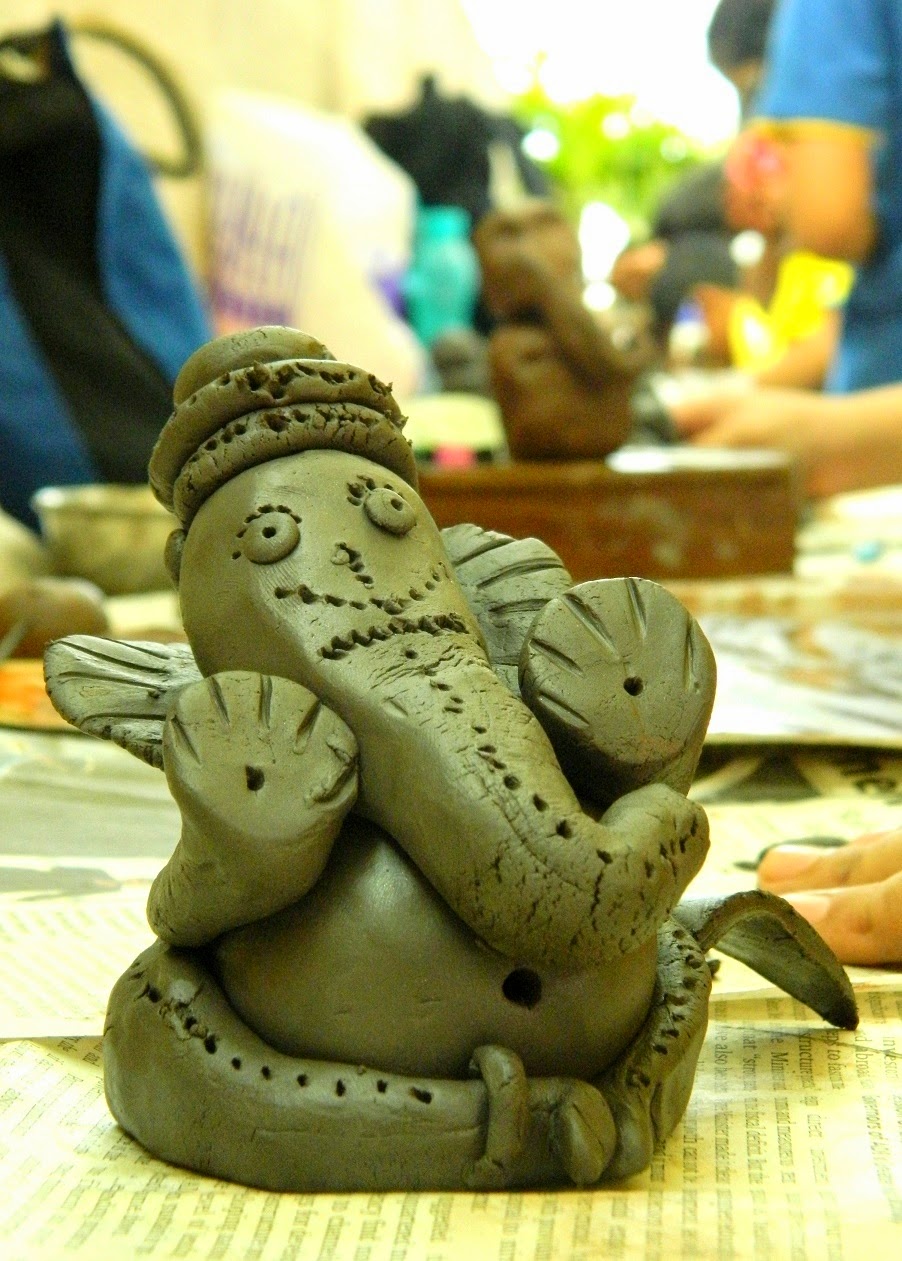Cruise
trip to the Seal island.
Elsie
Gabriel.
Cape
Town is blessed with abundant marine life. Sharks, dolphins, Whales and seals
swim off the Cape Town coastline very often and it is truly nature’s
spectacular offering.
 |
| Cruise trip to the Seal island.All pics copyright Elsie Gabriel |
I
enjoyed the rough sea’s and had the experience of a lifetime on this cruise
trip to Seal Island located only 8 nautical miles from Simon's Town harbour in
False Bay which takes about half an hour to reach actually. Seal Island is home
to 75,000 Cape Fur Seals and the hunting ground for the Great White Shark. Only
40 minutes from Cape Town Centre. One can not actually get off and visit the
island as it is protected.
Seal
Island, also known as Duiker Island, is an island off the coast of Hout Bay in
Cape Town. Providing a sanctuary for Cape Fur seals, the island is also
inhabited by many water birds, including Kelp Gulls, Pelicans,Cape and Bank
Cormorants and Hartlaub Gulls.
Watching
these seals bask on the rocks in the warm waters of the Atlantic is a sight I
will always keep close to my heart.
Although
next time I will pluck up the courage to go deep sea cage diving to see the
Great White sharks.
I visited in summer but if you plan well,
choose the winter months where you will see the birthing of thousands of baby
seals. And during these cold winter days you may also get to see the Great
White sharks how off their aquatic tactics and it’s the best sight in the world
for a nature lover.
I
unfortunately did not get to see any whales or sharks but was in awe of the
huge granite island filled with thousands of seals. They have a good safe
habitat now and are said to be multiplying well.
The only evidence of humans ever reaching the
island, is a fallen World War II radio mast, and the remains of huts that were
built in the era of guano collecting and sealing.
But on the contrary due
to the increased number in the seal population, the island has become an
attraction for Great White Sharks. So now the great White sharks hound the
island and hover around it.
Seal Island is a nature reserve and falls under the Western Cape Nature Conservation Board.
You will always find some sort of marine activity around
the islands so which ever month you choose, the guide will explain how the
season is valuable.
I
strongly advise you get a strong sun hat which gets well fastened to your neck,
the ocean is so rough that it may just fly off. You must carry sun block, a
warm jacket, and don’t forget your camera. The cruise boats aren’t that huge so
hold on tight and look after your kids and companions if any. Book in advance
and be there on time because the boats are very punctual.
Departure times are subject to change due to weather and number of passengers. You can always get a good look around the fishing harbour at Simons Town waiting for your boat trip.
I
found myself this most loveable robust Seal and we enjoyed a hug. Although his
whiskers ticked me to endless giggles!!They have this glistening fur, smooth
and slippery but look expensive. I guess that’s why they were hunted and
hounded for years until the government came down strongly on the protection of
these creatures.
When
in South Africa head for the Simons Town harbour and don’t miss the boat!
 |
| His whiskers tickled me silly!! |















































